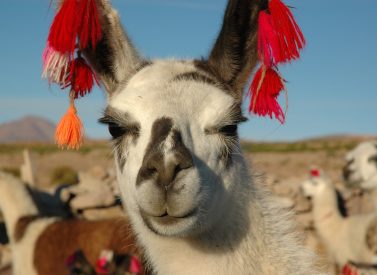
Bolivia Torotoro National Park Tours
Torotoro National Park – visit caves, canyons and see dinosaur footprints.
Torotoro is one of the best places to visit in Bolivia, a true hidden gem.
Its highlights include some of the best preserved dinosaur footprints in South America, as well as stunning geological formations from an era long gone.
The tour starts and end in the city of Cochabamba and makes for a perfect 3-day extension to any Bolivia holiday.
More on Torotoro National Park
On this tour you will visit breathtaking view points.
Explore fascinating rock formations at “Ciudad Itas”, enter the enormous Umajalanta cave and hike into one of many canyons in the region, the Vergel Canyon.
Torotoro is perfect for those looking to explore a more hidden part of Bolivia and visit one of the country’s most scenic and exciting national parks.
This is an active tour but we can tailor it to follow a more relaxed pace, too. Read our insider’s guide for more travel tips.
Trip Highlights
Print Share Download as PDF-
Breathtaking view points in a remote part of Bolivia.
-
Explore fascinating rock formations and caves at Ciudad Itas.
-
Enjoy the enormous Umajalanta cave and hike into one of many canyons in the region, such as the Vergel Canyon.
-
See perfectly fossilised footsteps of the mighty dinosaurs.
I loved Torotoro for its amazing landscapes, and the fact that you really do feel you are travelling away from the crowds.
Torotoro town is a wonderful sleepy place, the dinosaur footprints you find throughout the park are fantastically well preserved and the rock formations, caves and canyons are very impressive.
K. Dougal, Torotoro
Full Itinerary
Day 1: Private transfer by 4x4 to Torotoro National Park, Umajalanta cave (L,D)
You will be picked up from your Cochabamba hotel in the morning and travel to the village of Torotoro, located in the National Park.
The journey takes approximately 4 hours and is by private 4×4. Roads are unpaved and bumpy, but it’s worth it and scenic views make up it. Plenty of stops en route to stretch your legs and take photos.
We stop at the colonial village of Tarata to admire the crumbling yet beautiful colonial facades and learn about Tarata’s history – home to only a few thousand inhabitants but it has produced two of Bolivia’s former presidents.
On arrival in the little village we check into our hotel to freshen up, before heading to the nearby Umajalanta Cave, enjoying the first views of the iconic hills of the national park.
At the cave we don helmets and torches to enter the cave. The cave is estimated to be 7km deep, although it is unknown how much of it remains unexplored. Huge stalactites and stalagmites can be seen, as well as blind fish and stunning rock formations. The visit can be as adventurous as you like it to be – full on caving, or a more leisurely visit of the first part of the cave.
We return to our hotel for dinner.
Overnight at Cabanas Umajalanta .
Day 2: Ciudad Itas and dinosaur footprints (B,L,D)
Today we will drive into the mountains and slowly climb higher until we reach an altitude of 4,000m/13,123ft.
From up here the views are stunning and we make plenty of photo stops on our way to “Ciudad Itas”, a place that resembles a city (ciudad) of stone, including its very own “cathedral”.
The formations are fascinating, created over thousands of years as water eroded the stones.
Small caves have developed and we can find rock paintings that are estimated to be some 2,000 years old.
Again, the views are magnificent and you are likely to be on your own as you explore the many paths through the stones. The lucky ones may see a condor soar.
Lunch at the site.
The afternoon is all about the mighty beasts that roamed our planet in times long gone by – dinosaurs. Thousands of footprints have been uncovered in the National Park and our guide shows us the best preserved. You will be able to follow their steps and see their enormous prints close up.
Dinner and overnight at Cabanas Umajalanta.
Day 3: El Vergel Canyon and waterfall hike. Return to Cochabamba by private 4x4 (B,L)
We cannot leave Torotoro without visiting one of its many canyons.
The Vergel Canyon is one of the deepest canyons at Torotoro at around 250m. Before we begin our descent we stop to admire the views from a vantage point high over the canyon. Vultures can usually be seen soaring, and keep your eyes peeled for the mighty condor.
The descent is via a well-maintained path of around 800 steps. At the bottom of the canyon we walk across boulders and along a small path to a wonderful natural pool, formed by the Vergel Waterfall. Time for a refreshing (yes, a little cold!) dip and a snack by the waterfall.
We then return to the 4×4 and on our way back to the village stop one last time to see some of the park’s biggest dinosaur footprints, those of the Titanosauras. A fitting way to say farewell.
We eat a traditional lunch and return to Cochabamba, arriving in the early evening.
Prices From $564 / £459 per person
What's Included?
Transportation in 4×4 vehicle, National Park Entrance Fees, English speaking guide and local National Park guide, meals as listed (2 x lunch, 2 x dinner, breakfast in hotel), accommodation in Umajalanta Ecolodge, visit to the colonial village Tarata and typical breakfast, helmet and headlight for Umajalanta cave, water during the whole trip
What's Not Included?
Transport to Cochabamba (we can arrange bus or flights), hotel nights Cochabamba (we can book these for you), insurance, tips, flights
Accommodation
Accommodation at Cabanas Umajalanta
We recommend you carry cash with you to Toro Toro as there are no ATMs. Please bring local currency, Bolivianos.
Tour Staff
Local, bilingual English-speaking Bolivian guides will accompany you on this tour.
Drivers and support staff are from the local community.
Meals
Vegetarians and many other dietary requirements are catered for without problems. Please let us know in advance of any requirements you have.
The food available is very typical of the region and will feature rice, quinoa, cheese, meats and potatoes.
There are also a lot of soups on offer at lunch and dinner times, and we use local restaurants so you can try local dishes.
Activity Level
Life in the village of Toro Toro is still slow and anybody who likes to explore off the beaten track destinations will enjoy exploring the village and the surrounding park. All we ask is that you bring a little flexibility and a sense for adventure.
Routes change – unpredictable weather conditions, group desires, road conditions etc. We require flexibility as sometimes a decision to change must be taken by the guide and accepted by all members.
This is an active itinerary with elements of walking included. The caving at Umajalanta Cave can be anything from a light introduction to a more physical activity, depending on your preferences.
A 4×4 is used to provide some comfort getting into the park, but be prepared for some bumps along the way as some of the roads are very basic.
Parts of the tour are at high altitude.
Practical Information
An introduction to Bolivia
Land-locked Bolivia is a country of dramatic landscapes and fascinating native cultures and traditions.
The Altiplano or “High Plain”, averaging 3,800m, is its most populous region. The vast, luminous plateau is flanked to east and west by parallel Andean ranges.
La Paz, the world’s highest capital, lies in a deep canyon at the edge of the Altiplano, and at the foot of Illimani (6,400m). It is a striking city for its dramatic setting and its strong Indian character.
Lake Titicaca is the world’s highest navigable lake. It was sacred to the Incas; according to legend, their founding emperor-gods rose from these waters to give birth to their empire. Just south of the lake stands the sacred pre-Inca site of Tiahuanaco.
Geography of Bolivia
On the south-western Altiplano are the Uyuni Salt Flats, the largest in the world. Here, the shimmering white salt pan and deep blue sky combine to create a truly magical spectacle.
The stunning Cordillera Real is a mountain range dominated by huge snow peaks, including Illimani and Illampu (6,380m). The Real divides the northern Altiplano from the tropical forests to the east. The Cordillera Real’s eastern slopes are characterized by the deep, sub-tropical Yungas gorges.
Further south, the tropical Chapare is the agricultural heart of Bolivia. East of this band of high forests and plantations lies Bolivia’s Oriente, a vast swathe of Amazonian jungle and savanna accounting for 2/3 of the country and featuring some of the last untouched wilderness on earth.
In the north-eastern Department of Beni, some 50% of the country’s mammals and birds reside. Below, and in no special order, we outline some of the top places to go and things to do.
Weather in Bolivia
Bolivia lies within the tropics, between latitudes 10º and 22º south. The climate, as varied as its geography, is affected by latitude and, especially, by altitude.
The best time to travel is the winter (dry season) between May and Oct when, typically, weather systems over the Andes are stable, and overall you can expect bright sunny days and cold clear nights. Most of the rain falls from Dec to March. Climate can be divided into these distinct zones:
The Andes and the Altiplano
There is relatively little precipitation on the Altiplano, especially in the dry season – most rainfall is from Dec to March. However, there is periodical, localised rain on high peaks and valleys all year round.
The further south and west you go on the Altiplano, the drier are the conditions; around Uyuni, semi-arid conditions prevail. The Andean sun’s rays are very strong.
Temperature-wise, the Andes and Altiplano experience significant fluctuations over a single day. At 4,000m, the pre-dawn temperature can drop to -15ºC, while noon temperatures at the same location can reach 20ºC.
Southerly cold winds mean the southern Altiplano is not only drier, but also noticeably colder and windier than the north (pre-dawn temperatures at Uyuni in July regularly drop to -20ºC).
On treks in the Cordillera Real in the dry season, expect a range of conditions within a single day: cold/freezing nights at camps above 4,000m (where pre-dawn temperatures sometimes reach -15ºC); warm, spring-like mornings and afternoons; and cold evenings. Conditions are generally dry, but note that mountain weather is fickle and localised, and precipitation is not unusual in the dry season.
Expect temperatures to swing between sun and shade, sheltered and exposed ground and with altitude gain and loss. A quick-setting sun means temperatures drop fast.
The city of La Paz (3,630m) is relatively sheltered. Average high/low temperatures range from 1-17ºC in June and July (coldest months) to 6-19ºC in Nov and Dec (warmest months). In June and July, it rarely rains more than 1 or 2 days per month, while in January there are on average 15 wet days.
The tropical lowlands & yunga (Amazon)
Year-round, weather conditions in the Amazon basin are hot and humid and always with the chance of rain.
There is a ‘cooler’, drier winter season between May and October. During this ‘dry season’, the average daytime high temperature is between 25-31°C and the average nighttime low is between 16-22°C.
In the dry season, heavy downpours typically occur every few days.
Note that around 80% of annual average rainfall – approx 2,000 mm in Bolivia’s northern lowlands – occurs in the wet season, Nov-April.
On rare occasions, between May and September, cold fronts from Argentina – surazos – can sweep into southwest Amazonia and push temperatures down to 9°C. (Surazos usually last between 1 and 3 days).
The Yungas shares the same dry/wet months but varies from quite wet to very wet depending on whether it is the ‘dry’ or rainy season. Average temperature is 24°C.
Kit list
Good kit is vital for every trip.
Book with Andean Trails and get 15% off Páramo’s fantastic ethical and high performance outdoor gear.
Overview
Bolivia has an incredibly local and varied set of weather systems, which means you need to be prepared for almost every eventuality.
When planning for these changeable climatic conditions you will encounter across Bolivia, layering is the most practical and versatile clothing system.
The sun is very strong throughout the country, so good sun cream, a hat and sunglasses are vital.
It can also get very cold at night time especially in the mountains and in cities like La Paz. Jumpers, fleeces and warms hats – which you can buy there – are also essential.
It can rain at any time, so always have a poncho/waterproof jacket handy.
Give plenty of thought to kit selection, and try to keep weight down.
Below is a more detailed guide.
Detailed kit list
- Medium weight parka or a down jacket.
- Waterproof jacket and trousers. The jacket needs to be water proof and roomy. Side-zip pants are recommended.
- 2-3 long-sleeve shirts – no cotton
- 2-3 short-sleeve T-shirts – no cotton
- 2 pair of hiking trousers- cotton or synthetic material (no jeans)
- 1 fleece or sweat trousers (for cold evenings)
- 2 pair hiking shorts
- Long thermals – synthetic or wool – light to medium weight top & bottoms.
- 2-3 mid-weight (wool or synthetic) socks.
- 2-3 liner socks if needed
- Athletic-type socks, several pairs, city use
- Hiking boots that are waterproof and well broken-in.
- Running/tennis shoes or sandals are very comfortable when you are in cities
- 1 lightweight wool sweater or windproof fleece
- 1 wool or synthetic warm hat.
- 1 light sun hat with a wide brim.
- 1 pair of medium-weight wool or synthetic gloves
- Broad-brimmed sunhat, essential.
- Sunglasses with UV filter.
- Scarf for cold.
- Bandanna – to protect neck from strong sun.
- Daypack (at least 30 litres). Comfortable and with waterproof lining or cover.
- Water bottle (2 litres approx.) & purification tablets.
- Personal first-aid kit to include: painkillers, plasters (band-aids), moleskin, anti-biotic cream, general antibiotics (ask your GP), after-bite (tiger balm), anti-diarrhoea tablets, throat lozenges, re-hydration salts & personal medication.
- Insect repellent (just in case)
- Towel & wash-kit.
- Wet Wipes/antiseptic hand-wash cream.
- Sunscreen (factor 30+) and lip salve.
- Head-lamp (plus spare bulb and batteries).
- Penknife.
- Travel alarm clock.
- Plastic bags – ‘Zip-loc’ & tough bin liners.
- Camera and film / memory cards (take at least twice the amount you think you will need!).
- Book, e-book, mp3 player/ipod or other to help pass the time.
- Binoculars.
- Spanish/English phrasebook.
- Extra snacks i.e. cereal bars or favourite chocolate bars.
Miscellaneous others
- Money belt.
- Passport.
- U.S. dollars cash, mixed-denomination notes, undamaged and unmarked.
- ATM cash/credit card.
- Any inoculation certificates.
- Personal & medical insurance certificates.
- Presents e.g. Postcards from home.
- Comfortable clothes for travel, smart clothes for night life.
ATOL holiday protection
Andean Trails has 25 years of experience of putting together the best South America holidays.
We pay a fee to the CAA for every licensable passenger we book since we hold an Air Travel Organiser’s Licence granted by the Civil Aviation Authority. In the unlikely event of our insolvency, the CAA will ensure that you are not stranded abroad and will arrange to refund any money you have paid to us for an advance booking.
We also offer ATOL (Civil Aviation Authority) protected holidays to give our customers peace of mind when booking and travelling.
When you buy an ATOL protected air holiday package from Andean Trails Ltd you will receive a Confirmation Invoice from us confirming your arrangements and your protection under our Air Travel Organiser’s Licence number 6275.
You can read more about ATOL, who is covered and what protections you have if not ATOL-covered, on our ATOL page.
What is ATOL?
The CAA’s ATOL scheme offers protection to your money and your holiday if you book with us. Not everybody is covered (see ‘Who is covered?’ for more), as you must purchase an ‘air package holiday’ with Andean Trails to be protected.
And ‘air package holiday’ is defined as including a flight and some ground services (hotel, transfer, trek etc). This is also known as an ‘ATOL-protected holiday’.
Who is covered?
To be covered by ATOL, you must book a flight and some ground services with us and be from the UK. If you are from the UK and only book ground services and no flights, you are not covered by ATOL (see below for more on how non-ATOL clients are covered).
If you are outside the UK and buy flights with us, you will be ATOL protected IF any of the flights booked with Andean Trails touches/stops in the UK at any point during your holiday package booked with us.
If you buy your flights elsewhere, please check with that agent if you are ATOL protected. Be careful with online flight purchases and make sure you know what protection you have, if any, before paying for flights.
Not all holiday or travel services offered and sold by us will be protected by the ATOL scheme. Please ask us to confirm what protection may apply to your booking.
For land only holidays not involving any air travel, in accordance with “The Package Travel, Package Holidays and Package Tours Regulations 1992”, all UK passengers booking with Andean Trails Ltd. are fully protected for the initial deposit and subsequently the balance of all money paid to us, arising from cancellation or curtailment of travel arrangements due to the insolvency of Andean Trails.
I’m not ATOL covered, what protection do I have?
If you are not ATOL covered, any payments you make to us go to a Trust account.
We can only access this money once your tour has been completed, meaning that if anything happens to Andean Trails Limited while you are on holiday, then your money is secure and you can either complete the trip or be able to make it home.
If you pay for your holiday with a credit card, some offer payment protection – please check with your cardholder.
You also should have cancellation protection written into your insurance (which we recommend you have at the time of booking) in case you need to cancel.
Bolivia’s Amazon rainforest
The gateway to the Bolivian Amazon lies at the lively town of Rurrenabaque.
Motorised canoes will take you into the rich and verdant realms of the Madidi National Park, a hub of ecotourism in the Bolivian Amazon basin.
On a network of paths and waterways you can immerse yourself in the hot and humid tropical paradise that is the rainforest.
Wildlife such as howler monkeys and pink river dolphins, as well as a colourful indigenous culture, are a magnet for those who like to experience not only the Andean climates of Bolivia but to venture further into the depths of this fascinating country.
Condoriri and the Cordillera Real, Bolivia
The Cordillera Real of Bolivia is a range of awe-inspiring snowy peaks just south of La Paz.
The towering peaks of this mountain range, dominated by Illimani (6,400m/20,997ft), Illampu (6,368m/20,892ft) and Ancohuma (6,427m/21,086ft), form a magnificent barrier which separates the Altiplano from Bolivia’s extensive rainforest.
The range is criss-crossed by ancient pilgrimage and trading routes and gives avid trekkers plenty of options to escape civilisation into the incredibly dramatic high Bolivian altitudes.
In the Condoriri Range you still won’t meet many fellow hikers but will find yourself in the company of majestic peaks, high altitude passes with stunning views, grazing herds of llamas and alpacas and soaring condors.
La Paz, Bolivia
La Paz is a capital like no other, set in high Andean climates and surrounded by the magnificent Andean Cordillera Real mountains.
Here you can sit at a cafe and watch the local ladies in their bowler hats and colourful traditional costumes. Immerse yourself in the fascinating culture of its indigenous population.
Take a cable car ride on the Teleferico to El Alto, the enormous satellite city spread across the Bolivian Altiplano high above La Paz.
Marvel at the views and its bustling streets.
Visit the craft markets, full of colourful weavings and woolly jumpers, there are souvenirs to suit every taste.
Don’t forget to explore and haggle at the intriguing Witches’ market, home to all sorts of potions.
La Paz really is full of life.
Lake Titicaca, Bolivia
Bolivia’s Lake Titicaca is home to the lively lake side town of Copacabana.
Stay for a few days to explore the lake shore and the islands. Copacabana is likely to be your entry point if coming overland from Puno in Peru and heading for La Paz.
Pass the 12 stations of the Cross as you hike up to the nearby hill for views over the lake to the Islands of the Sun and the Moon with a beautiful mountain backdrop, the high ice-covered peaks of the Cordillera Real shimmering in the distance.
Take a one day or overnight trip by boat to the islands, Isla del Sol and Isla de la Luna, where you can learn something of traditional island life as you wander along the ancient networks of paths.
Sajama, Bolivia’s highest peak
Sajama National park offers fabulous off the beaten track trekking and some easy Andean peaks amid amazing natural beauty.
A few hours from La Paz by four wheel drive brings you to Sajama National Park.
In this beautiful remote high mountain area you have the opportunity to explore a little visited part of southern Bolivia, right on the border with Chile, in the shadow of Bolivia’s highest peak – Nevado Sajama (6,542m/21,463ft).
Snow-capped volcanoes fringe the vast altiplano and lagoons lie only a walk away in the mountains.
Geysers and hot springs await and you can be sure to see a variety of typical Andean wildlife, such as llama, vicuna, alpaca, Andean flamingos and viscachas.
Torotoro National Park, Bolivia
Torotoro National Park is a jewel for those seeking to escape the crowds – offering caves, canyons and fossilised dinosaur footprints.
The stunning Torotoro National Park is still an off the beaten track destination in Bolivia and well worth a visit.
Its highlights include some of the best preserved dinosaur footprints in South America, as well as stunning geological formations from an era long gone.
There are day walks across volcanic landscapes and you’ll pass by remote Andean villages, giving an insight into true Andean culture.
Uyuni and the Salt lakes, Bolivia
The dazzling, white Salt Flats of Uyuni stretch as far as the eye can see. The salt flat is dotted with small islands where only cacti grow.
The sheer expanse of the flats (nearly 11,000 sq km) will leave your mind boggled, and that’s before you’ve even ventured further into the surrounding high desert of the Bolivian Altiplano.
It is there that you will find desert landscapes that transport you into another world.
The desert is home to beautiful lagoons of many hues, home to flocks of elegant flamingos.
In the world of little water there are hot springs to soak in, weird other worldly stone formations and spouting geysers.
All of this set against a backdrop of snow covered volcanoes and vast open skies.
Prices From $564 / £459 per person
Guide prices, shared room, per person
Private departures with 2 people
4 people, from USD 333 per person
Single room supplements apply

Dates & Prices
Prices From $564 / £459 per person
Guide prices, shared room, per person
Private departures with 2 people
4 people, from USD 333 per person
Single room supplements apply
Can’t find what you’re looking for? Get in Touch
+44 (0)131 378 5593
+44 (0)131 554 6025



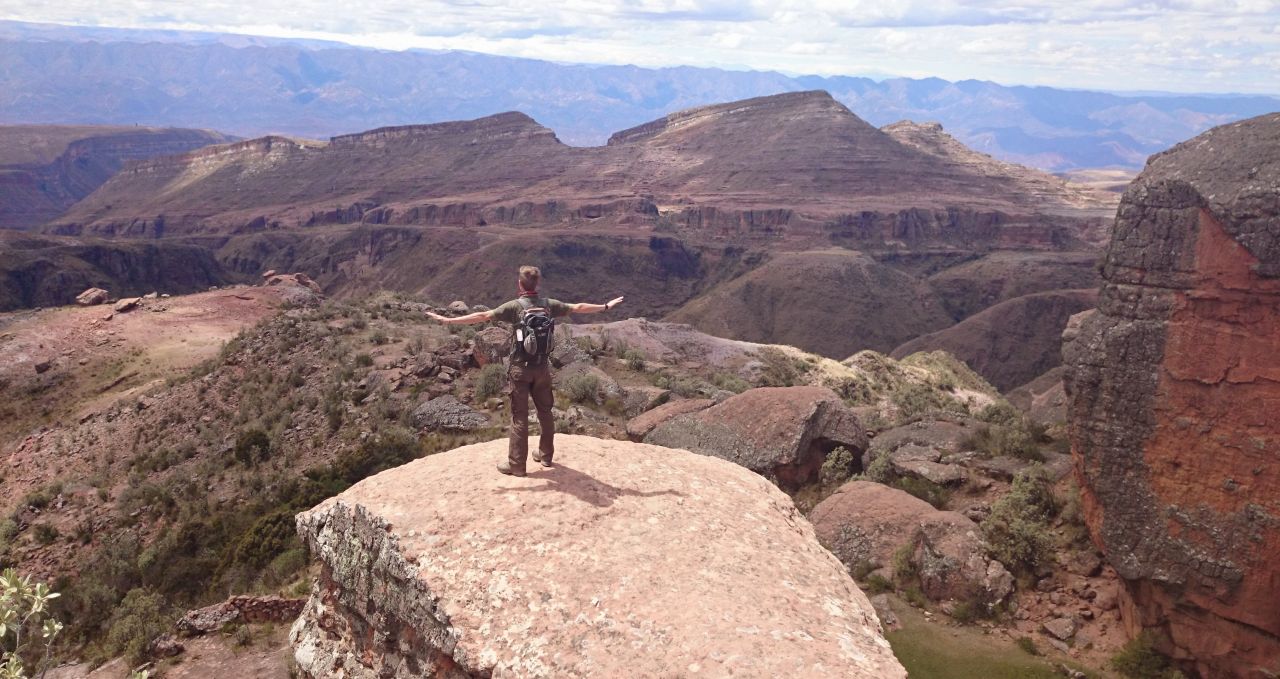
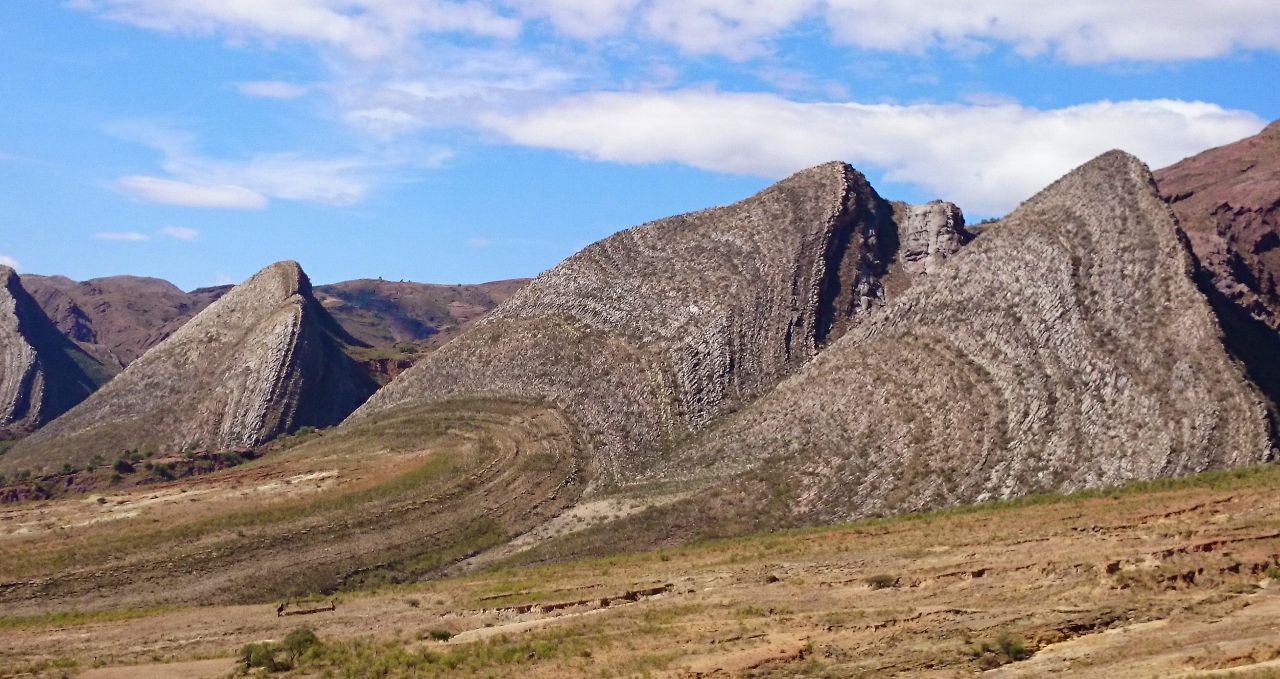
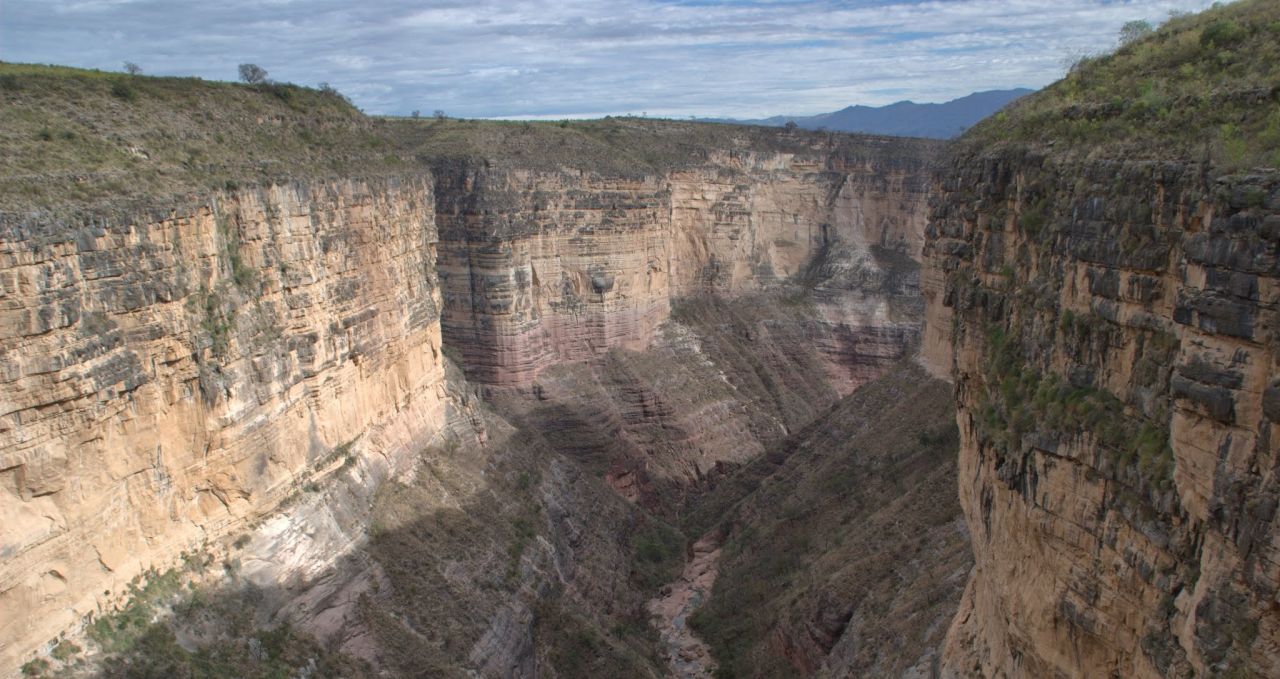
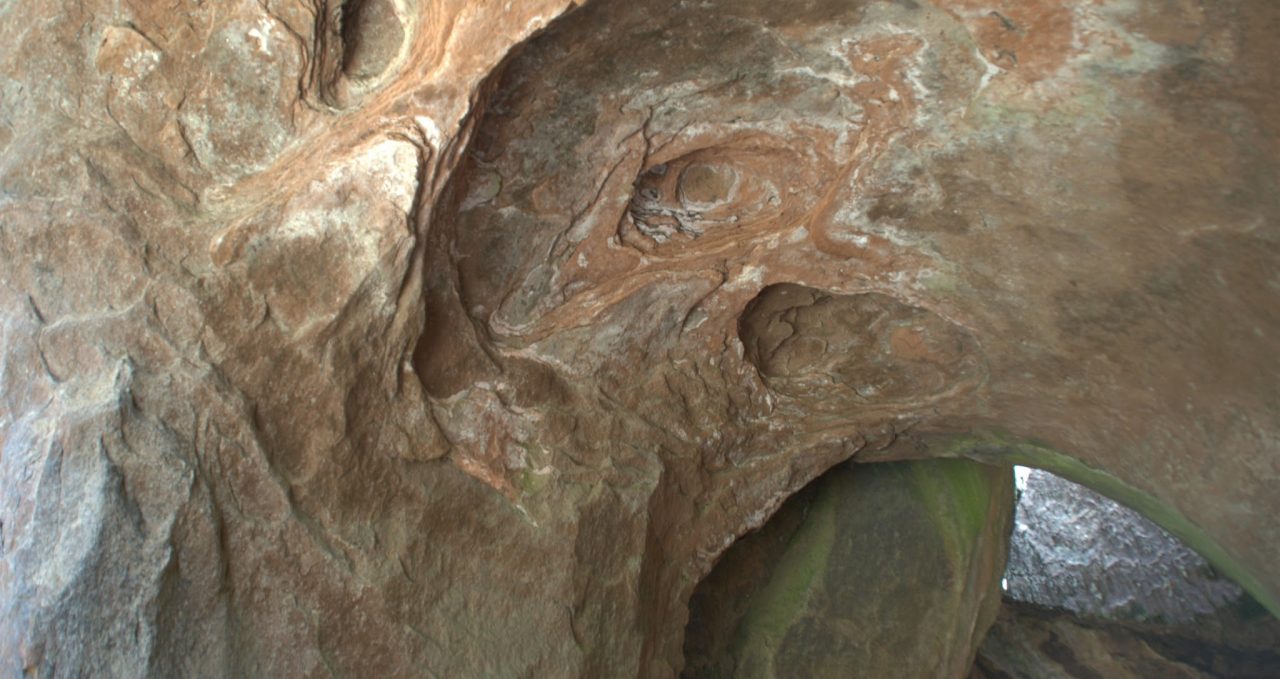
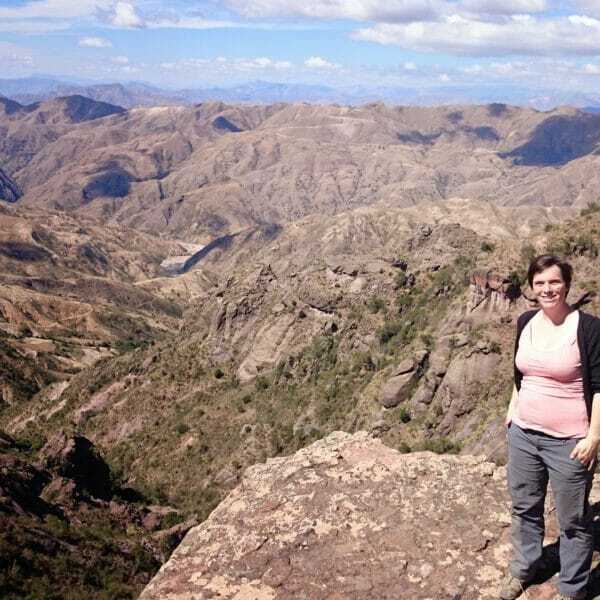
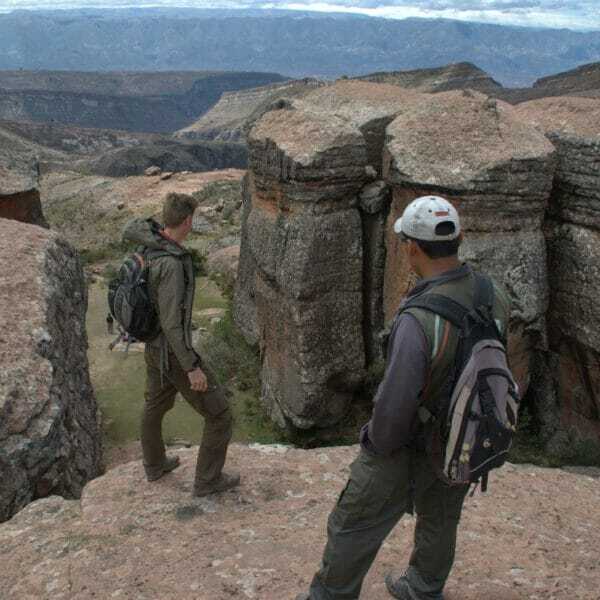
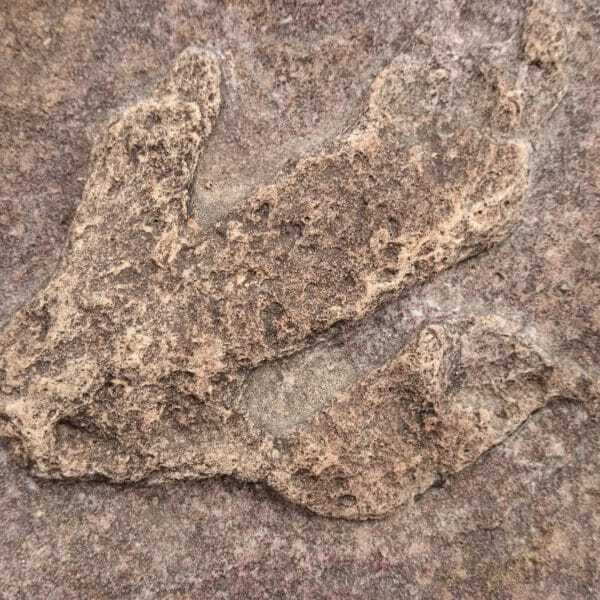
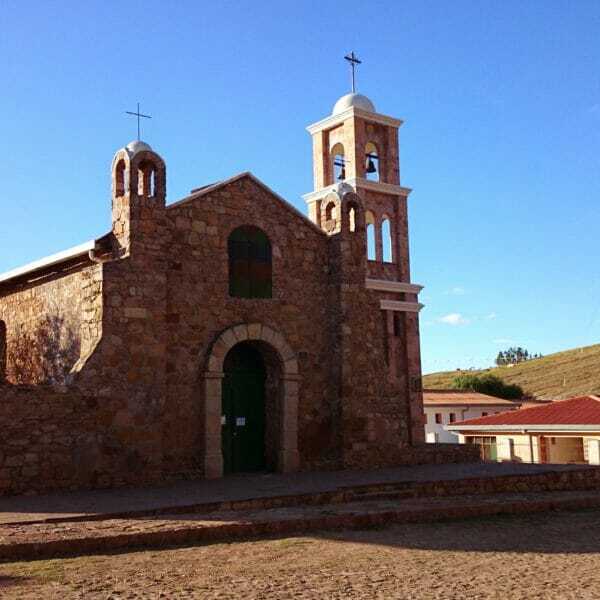
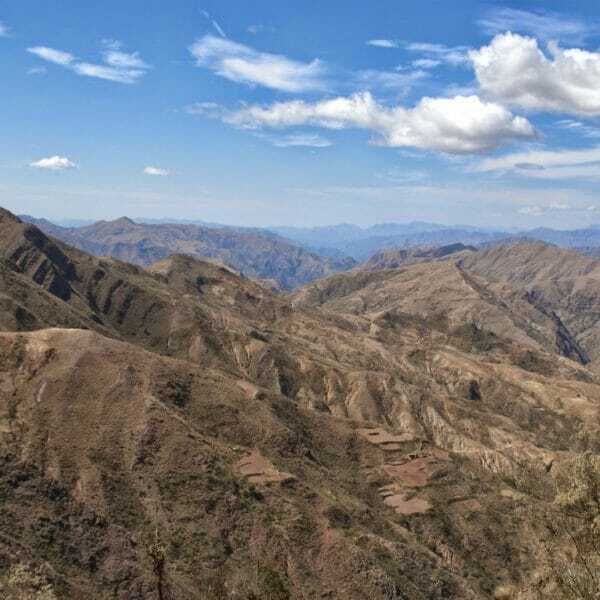
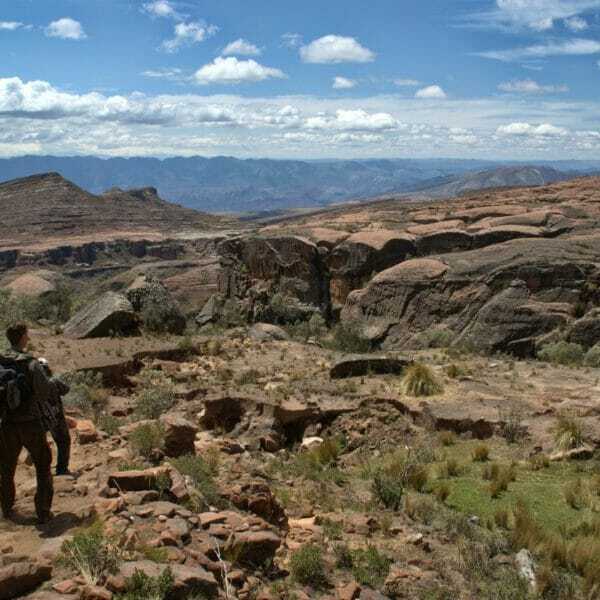
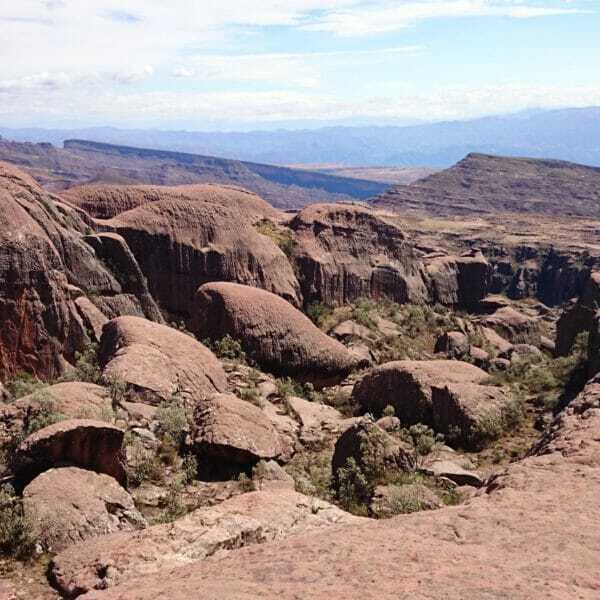
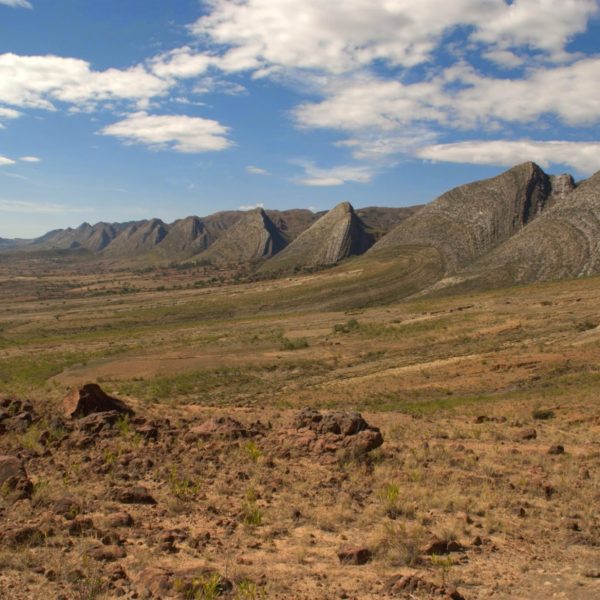
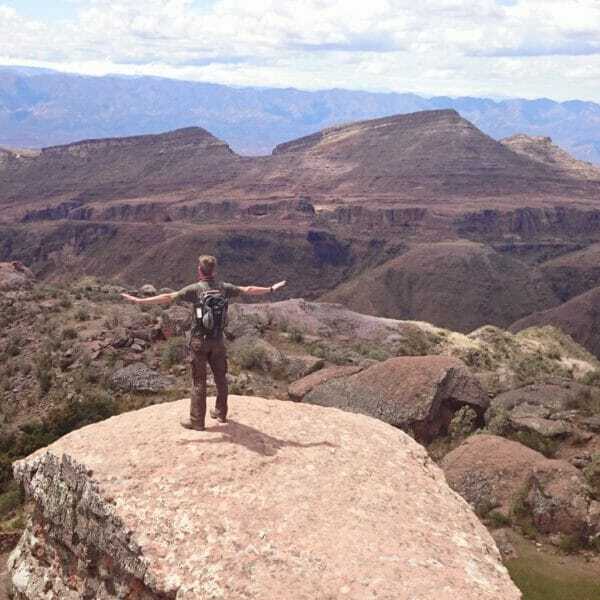
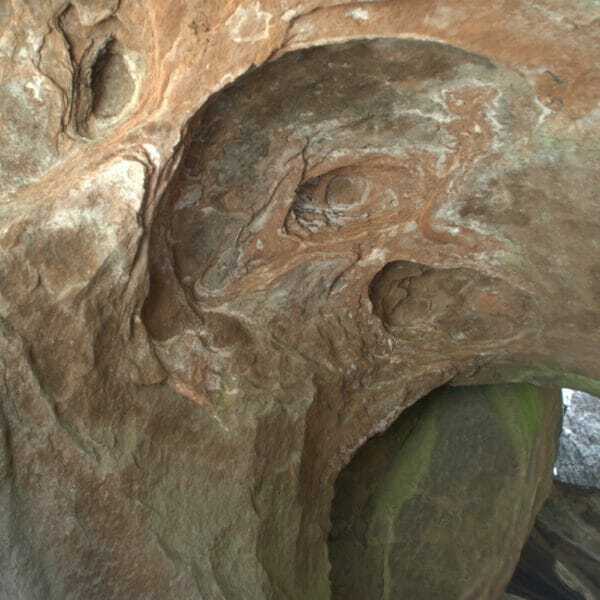
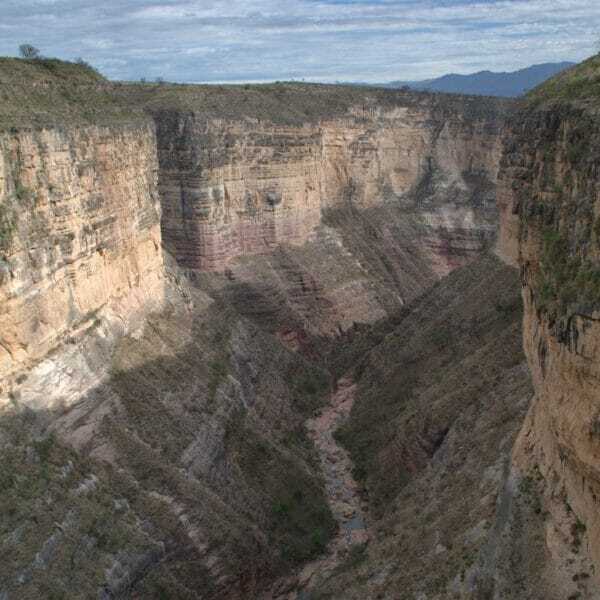
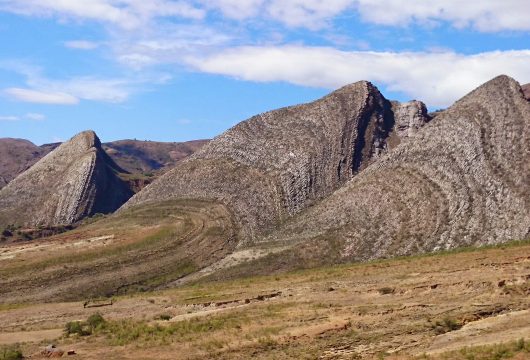
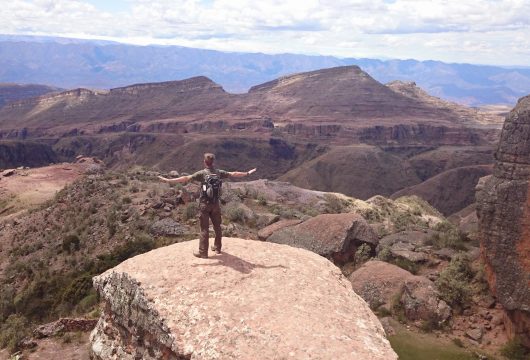
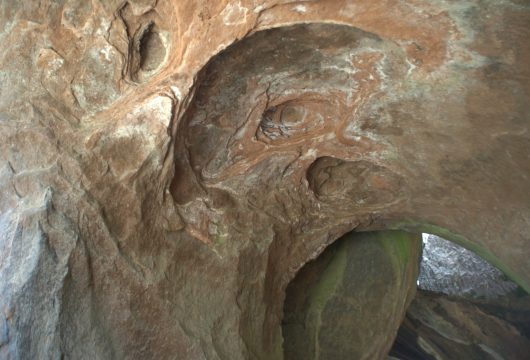
 a Tailor Made Tour
a Tailor Made Tour 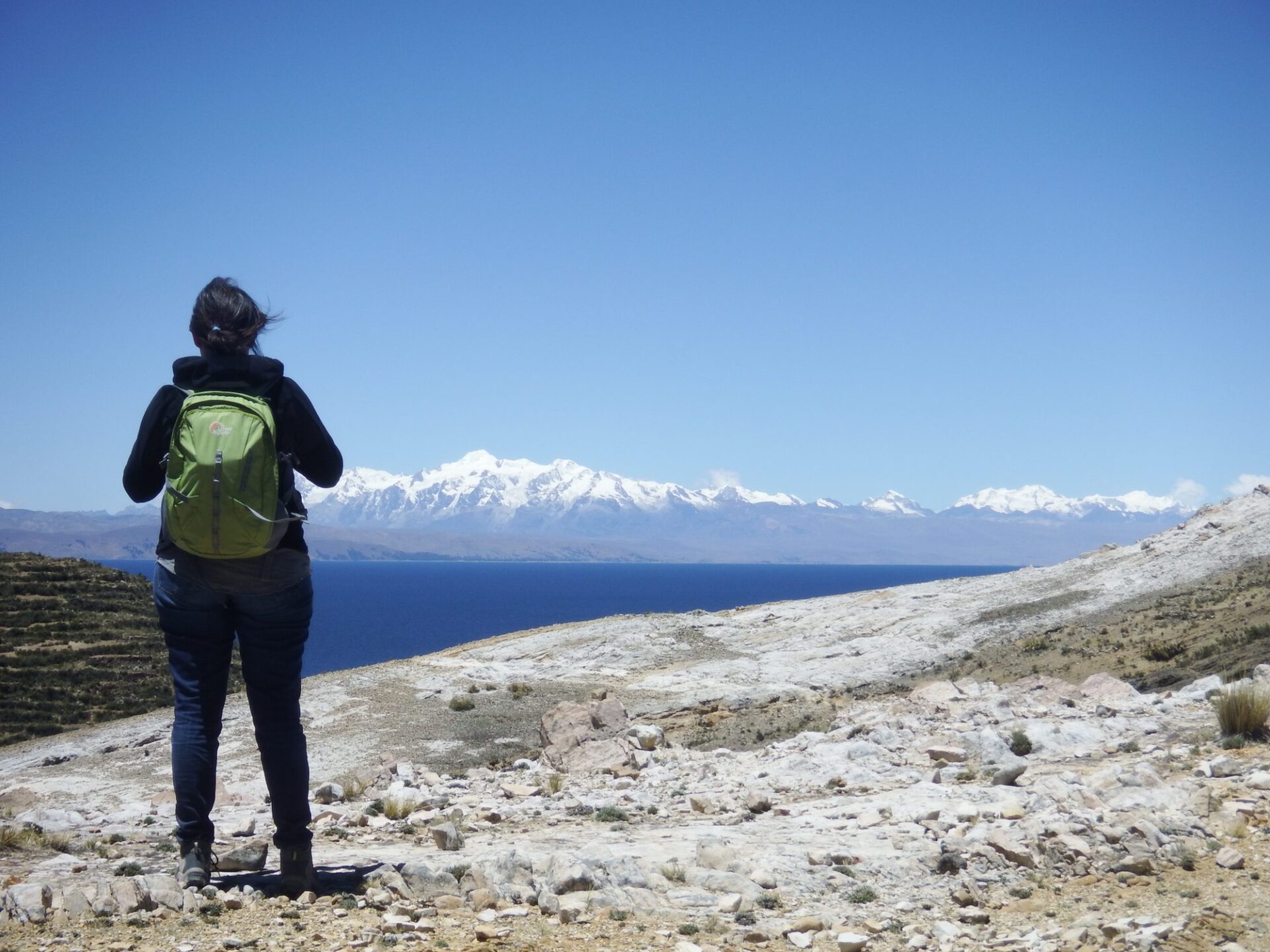
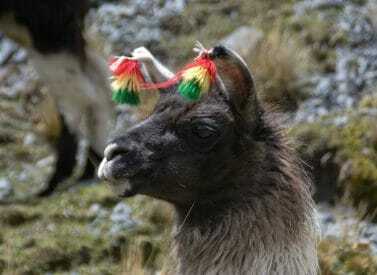

 a Group Tour
a Group Tour 

